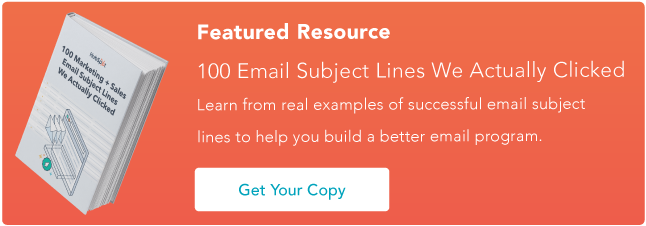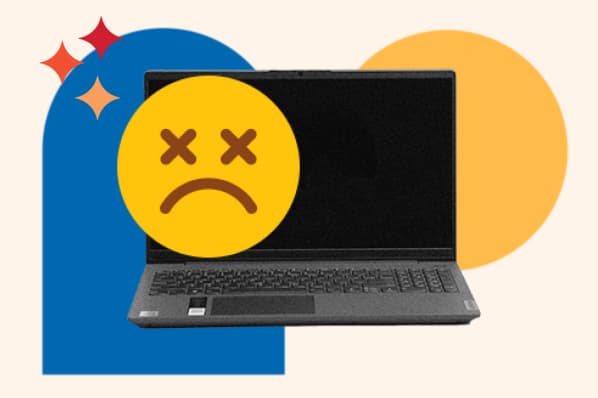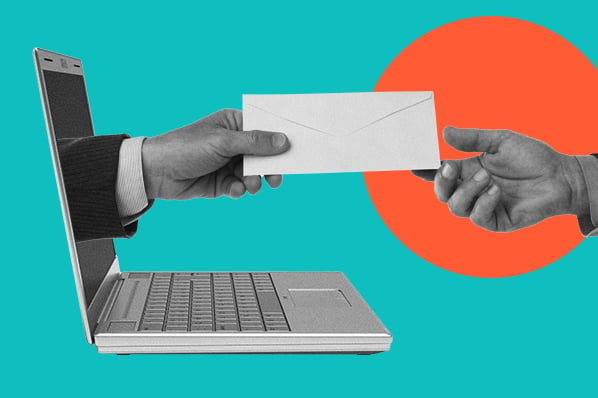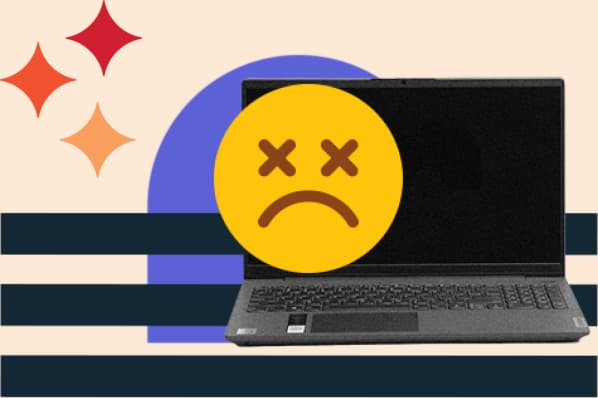An outreach campaign can be a double-edged sword. When you dedicate the time and effort to prepare them properly, cold emails can be a valid and effective method for connecting with new people within an industry or sector. However, if you don’t apply the right formula, you can end up in the spam bin and your reputation can suffer.

Segmentation is key when trying to achieve the right formula for outreach campaigns. Let’s see how this pivotal ingredient solves some of the biggest challenges of cold emailing and how to start segmenting your cold email lists.
Difficulties of Cold Emailing
When it comes to cold emailing, one of the primary concerns for salespeople is being a “spammer.” This is somewhat justified because sloppy outbound will rarely have positive results.
The good news? Using the right techniques and tools for cold email has verified effectiveness.
To find some logic in the way people filter their emails, take a look at your own personal inbox: it probably has promotional emails, social media notifications, newsletters, and maybe a number of emails you don’t immediately recognize.
Now ask yourself three questions:
-
Which ones are the first ones that your “anti-spam” instinct tells you to delete without opening? This first group of emails you delete has either a bad subject line (unclear or deceptive) or a suspicious sender, most likely both.
-
Which ones will you report as spam? You’ll probably take the time to report spam emails that you’ve received one too many times and/or the ones with a misleading subject line that had nothing to do with the content of the email or with you.
-
Which ones will you click on? You’ll probably read and click on those that offered you some value.
There are several resources online about best practices for crafting the subject line of a cold email. However, it’s much trickier to offer value to those on your email list. To send out a cold email with relevant content, you must have accurate information about your recipient and the right segmentation in place.
What is segmentation?
Segmentation refers to the process through which salespeople and marketers group different types of customers. Even within very targeted markets, there’s room for segmentation.
For instance, if you are selling an application for writers, you may discover that your software is very useful for scriptwriters, journalists, fiction writers, and bloggers. Each one of these groups has its own characteristics and looks for a unique set of features and purchases in different places. That means you have to talk to each one of them in a personalized way.
Segmenting makes all the difference when it comes to email engagement. Remember the “typical inbox” we talked about? Your potential customers are constantly being bombarded by dozens of messages, so what will make them open your email is the value that you offer specifically to them.
Recipients are 75% more likely to click on emails from segmented campaigns than non-segmented ones. That’s why marketers typically segment their email lists to tailor messages according to their leads and customers' characteristics.
A precise goal should be the starting point of segmentation. For instance, if your goal is to reach out to potential real estate buyers in a specific area, you should try to group your contacts according to their location. If you also have information about the type of property they could be searching for, you could further refine that segmentation. The more data you have, the better.
How to Get Started With Email Segmentation
1. Personalize your emails.
When someone has already expressed interest or given you some information, it gets easier to segment your email marketing lists.
For example, you can personalize the name and other details by using personalization tokens. These are small pieces of code you can use to personalize your email campaigns.
But what about cold emailing? If they’ve never connected with you, what type of segmentation can you apply?
Even if you don’t have that much data about the people you are reaching out to, there are some basic characteristics you might have access to that make all the difference. Try to have at least two of the following before you segment your audience:
- First name
- Company name
- Location
- Industry
- Level of experience
- Area of expertise
The more details you have, the better, but if you have at least two of these, you can segment and prepare personalized messages for each of the groups you end up with. Offering personalization in your communication directly influences the value of your messages.
2. Be honest and transparent.
Another important element when writing your cold email is honesty: be straightforward about what you offer and what you’ll provide. Don’t make false promises.
For example, a subject line saying “Congratulations! You are the winner” might get more opening rates, but if they open your email to see you are actually offering something completely different, they’ll be disappointed — and less likely to trust your brand.
In their book “Predictable Revenue,” Aaron Ross and Marylou Tyler expressed the importance of honesty in cold emailing: “Do you really want to start the relationship off with a lie? If you are a CEO or sales manager, don’t allow or encourage anything that erodes integrity.”
When setting up your first cold email campaign, you might want to have some references. It’s recommended to see examples of successful cold email campaigns. However, avoid using the same “free templates” everyone else is using — remember, the point is to make it unique and personal.
3. Analyze results and send follow-up messages as needed.
With email marketing, practice makes perfect. If your first attempt to reach out to cold leads didn’t work as you expected, analyze the results. Who opened the email? Who clicked on it? Follow-up emails can be quite effective, especially if you have a system in place where you can subsegment your recipients according to the results of the first attempt.
For example, if you sent out your email to 1,000 people and only 20 answered, but 200 clicked on it, you might still have a chance with that last group. They’ve become “less cold leads.” Make sure they receive a good follow-up email to create more engagement.
4. Automate segmentation.
Segment. Make it personal and valuable, but don’t make it manual. Manually segmenting or following up with your emailing list is time-consuming and inaccurate.
It’s normal to have different sources or business tools collecting the contact information that you need to fill out your lists. But if you are thinking about a CSV file, you are going to waste time and run the risk of making errors.
Automation platforms provide you with in-app integrations and third-party solutions to synchronize your contacts’ information between business tools. That way, you don’t have to worry about out-of-date information or importing/exporting data.
In some cases, you can even make sure that the segmentation you created in one application using tags, categories, labels, or any type of attribute is in sync with your other business application. This type of synchronization works in the background, so you can set it up once and your data will always be up-to-date and available in the right place.
Another process you might want to automate is follow-up emails. You’ll be surprised by how easy it is to create automatic email sequences.
Contact Segmentation & Cold Emailing
There are two inseparable aspects of being a salesperson: the need to offer a personal connection and the challenge of doing it with technology. The key to connecting with people through technology is personalization, and for that, segmentation is necessary.
Segmentation will help you create valuable and honest messages for your contacts. It requires effort, but your contacts will thank you and you’ll see the results reflected in your engagement rate.
Finally, though “automation” may sound contrary to personalization, it’s actually a good practice and an efficient way to segment your data.
To give your outreach strategy a boost, automate your customer data syncing between your apps for an accurate and enriched view of your prospects.



![23 Sales Email Templates With 60% or Higher Open Rates [+ Bonus Templates]](https://blog.hubspot.com/hubfs/sales-email-templates-2.jpg)







![How & When to Use an AI Email Assistant [+Tools to Consider]](https://blog.hubspot.com/hubfs/ai-email-assistant%20%281%29.png)